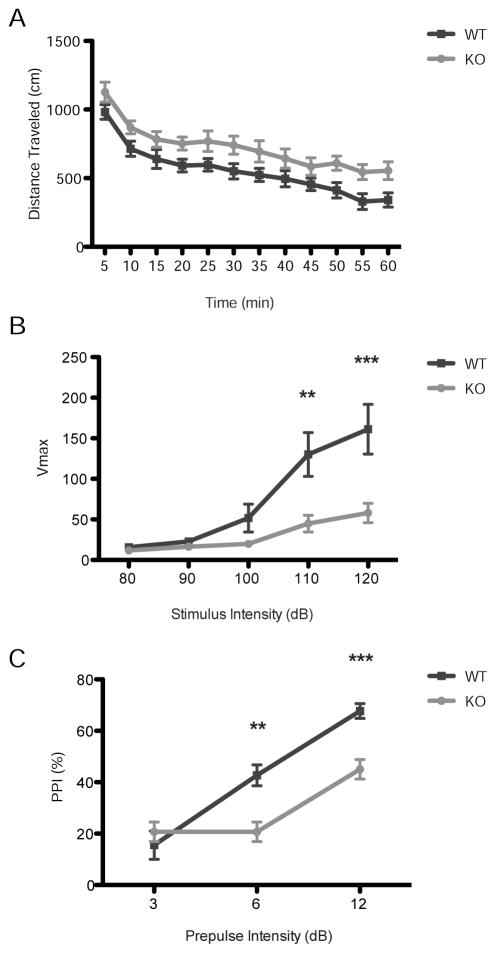FIGURE 2. GluK4 knockout mice display hyperlocomotion and impaired PPI.
(A) GluK4 knockout mice (n = 12) traveled significantly greater distances throughout the one-hour open field trial than wild-type mice (n = 15; two-way ANOVA for distance traveled, effect of genotype, p = 0.0076), indicating basal hyperactivity.
(B) The acoustic startle response was significantly decreased in GluK4 knockout mice (n = 12) relative to wild-type mice (n = 15) at stimulus intensities of 110 and 120 dB.
(C) GluK4 knockout mice (n = 12) displayed reduced PPI relative to wild-type mice (n = 15) at pre-pulse tones of 6 and 12 dB above background, indicating that knockouts had deficits in sensorimotor gating. Data represent mean ± SEM. **p < 0.01, ***p < 0.001.

